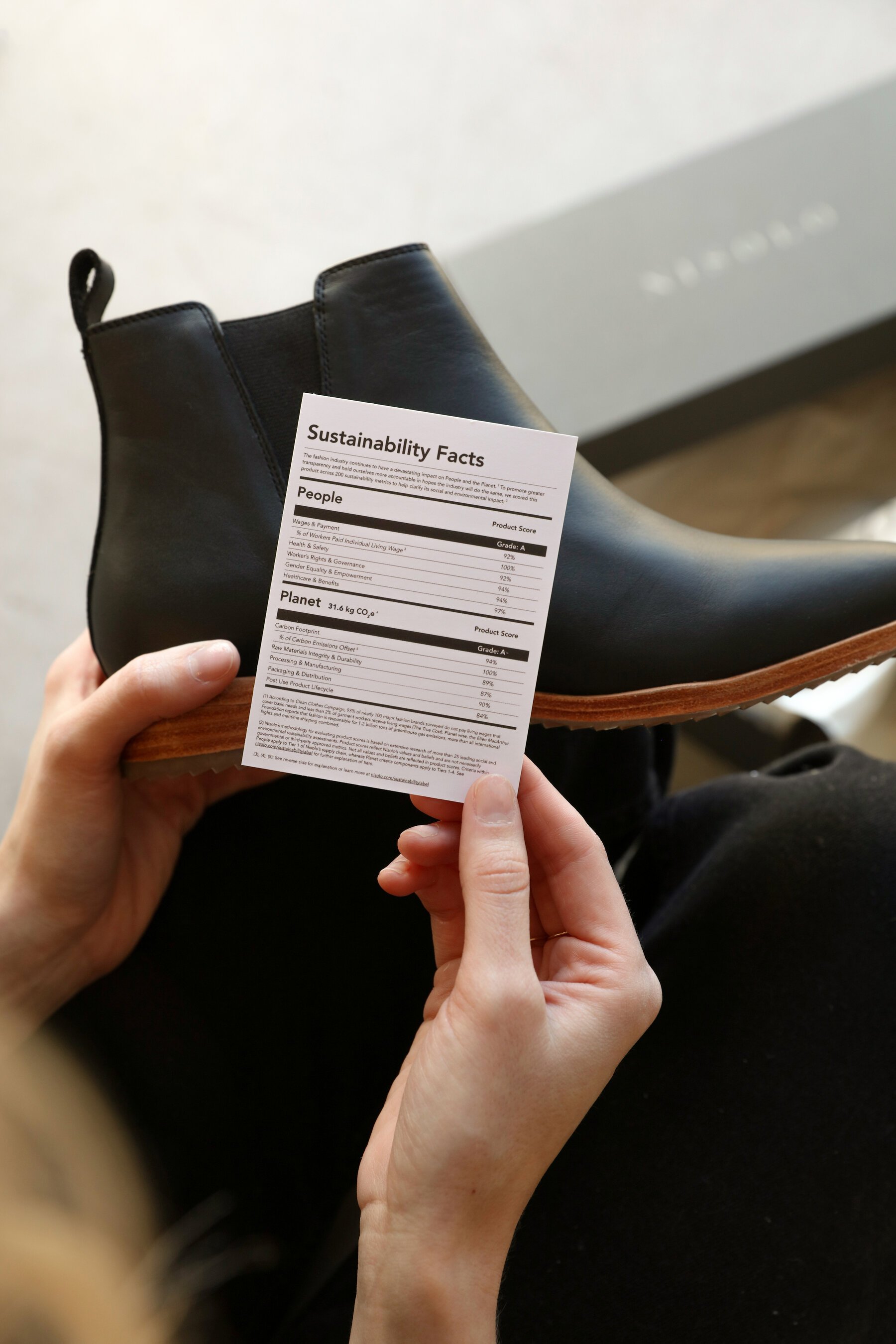Welcoming 2023 with a new Miss Universe: Filipina American R’bonney Gabriel, who champions sustainable fashion
It has been a long while since my last blog, but now that a new year is upon us, I thought to pop in and say hello. We’ve welcomed 2023 with a new Miss Universe who happens to be a fellow Filipina-American with an advocacy for sustainable fashion, so I figured it was high time to get you excited about the movement again!
In the last two years, I’ve been deeply immersed in the field of sustainability via my most recent role on the communications team at the Sustainable Apparel Coalition (SAC). The SAC is an international industry association of brands, retailers, and manufacturers, all working together towards a common approach of measuring sustainability performance and using that data to implement solutions so that the industry can move in harmony towards creating change.
In the last two years, I learned that:
1.) If a brand is serious about sustainability, they will have science-based data as proof to demonstrate their commitment. So look for data that backs claims.
That being said, a standardized way of measuring sustainability (like a nutrition label) is imperative so that everyone can be in agreement on how to define what is sustainable and what isn’t. The good news?
Upcoming global policy will require brands to back their claims with credible data, so that greenwashing can be a thing of the past. Until then, to make it easier for you to view if your favorite brand is doing well, the Good On You app is here to help.
2.) Sustainability requires radical collaboration. For the whole industry to create change, brands, manufacturers, and retailers must set competition aside to partner together to co-create and co-implement solutions. However, manufacturers are underrepresented in the sustainability conversation. With brands typically coming from Western countries and the majority of manufacturers coming from the Global South, there is deep-seated inequality (aka, remnants of a colonial past) that hinders progress.
Because brands are the customers, they often call the shots, but manufacturers need support in their transition for greener, safer factories- which require brands to invest and partner equally with them to move the needle. As a storyteller/communicator, I believe in amplifying manufacturer voices in the sustainability conversation to help facilitate more equal partnerships, so if you want to work in this field, I encourage you to pay attention to this space.
3.) I learned that brands really do care what we say on social media- every post matters, and the data gathered from consumer opinion truly does have the power to shift decisions. So if you think a social media post doesn’t change much, I’m here to tell you that it does. When you participate in social media campaigns, or share your own opinion about why ethical and green practices matter to you, it really does make a difference in the decision-making process.
Campaigns you should be paying attention to? The ongoing #PayUp campaign by Remake and #FashionRevolution month, which will take place in April. So go ahead, do it for the ‘gram.
4.) The sustainability sector (across all industries) is poised to be worth 44.4 Billion dollars by 2028, so if you want to work in sustainability, there is tremendous growth and opportunity! Yet, despite the growth in sustainability priorities and opportunities, women are still severely underrepresented in the decision-making process, despite the fact that according to the UN, “women and girls experience the greatest impacts of climate change”. This is why I’m a champion for more women to enter the sustainability sector, and to aspire to become leaders in the field. If you want to get started, my favorite job boards include Reconsidered, Sustainable Fashion Forum Jobs, and The Channels Network.
Rita Moreno rewearing her red carpet look from 1962!!!
5.) As consumers, remember that consuming sustainably is less about buying sustainable brands, but more about implementing smarter habits. Many people always ask me how to start participating if they have a lower budget. Good news! You can start with zero dollars :) Here’s an oldie but goodie piece I wrote a few years ago about how to start a sustainable wardrobe on any budget.
And, if there’s one call-to-action I’d ask you to do this year, it’s to normalize rewearing your clothes. Social media pressures us to have something new to show off consistently, encouraging more consumption. Disrupt fast fashion (and the algorithm) and rewear, rewear, rewear!
I’m so grateful to have had the space to learn so much over the last few years, and I am excited to share my knowledge with you.
As Women’s History Month approaches in March, and Fashion Revolution month approaches in April, I would love to collaborate with you to amplify these movements.
One of my wins from 2022: producing and emceeing the Sustainable Apparel Coalition’s Annual Meeting in Singapore, attended by 500+ global sustainability leaders
To book me as a speaker, event emcee, moderator, or workshop leader/educator (in-person or virtually!), please contact PapaLoDown Agency.
You can learn more about how I work with media platforms, universities, and brands/organizations via the corresponding tabs here on my website.
Now here’s to crowning sustainability as the winner across the Universe.
Cheers,
Ruby






